St. Andrew’s Cross Plant – Can You Grow St. Andrew’s Cross In Gardens
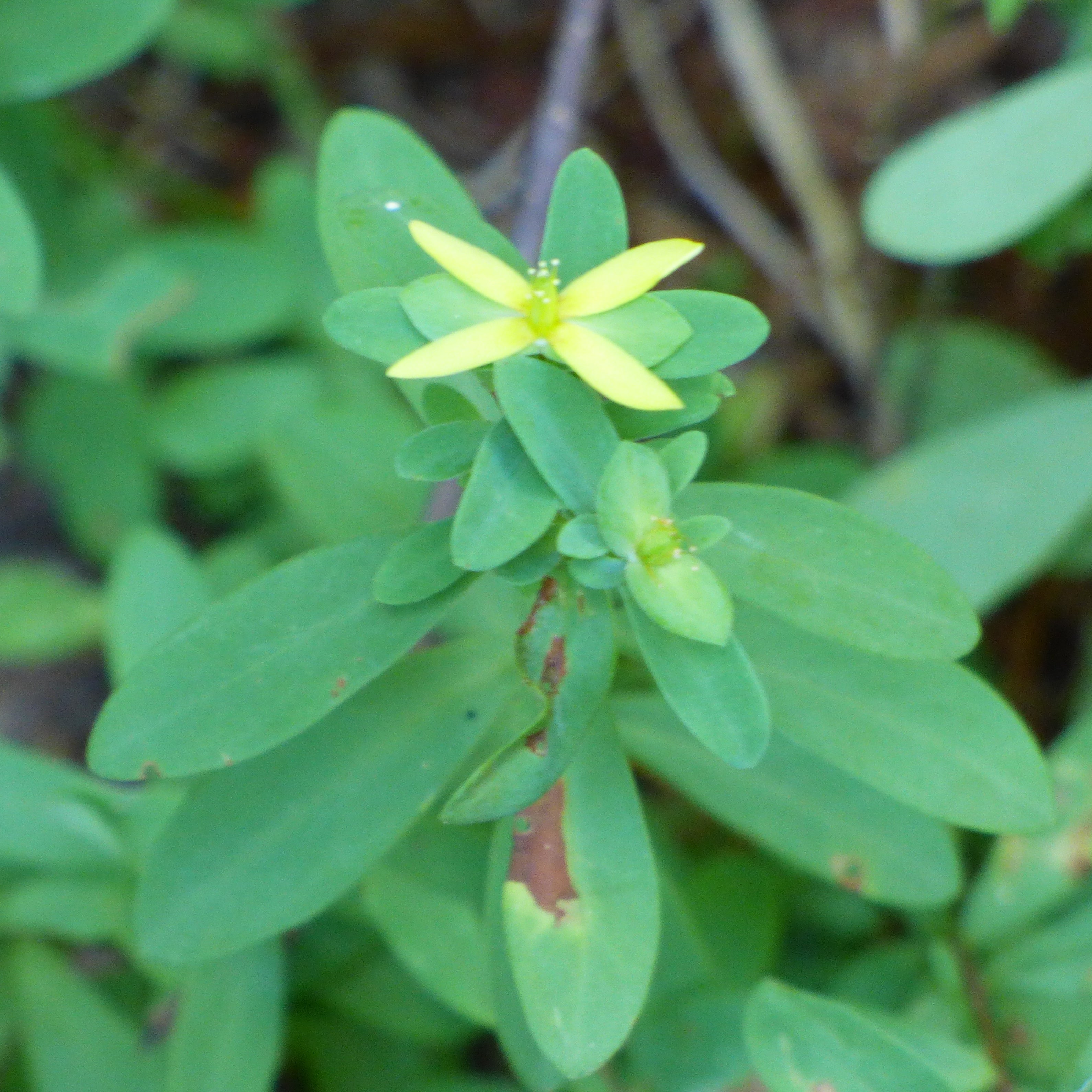

What is St. Andrew’s cross? A member of the same plant family as St. John’s wort, St. Andrew’s cross (Hypericum hypericoides) is an upright perennial plant that grows in wooded areas in most states east of the Mississippi River. It is often found in swamps and wetlands. St. Andrew’s cross plant is named for the bright yellow, cross-shaped flowers that appear from early summer until autumn. This is a lovely choice for a semi-shady woodland garden. Growing St. Andrew’s cross in gardens isn’t difficult. Read on and learn how to grow St. Andrew’s cross wildflowers.
Growing St. Andrew’s Cross in Gardens
St. Andrew’s cross wildflowers are suitable for growing in USDA plant hardiness zones 5 and above. Site the plant in partial sunlight and nearly any type of well-drained soil. St. Andrew’s cross plants can be propagated by seeds directly in the garden any time after danger of frost has passed. Alternatively, get a head start and plant them indoors a few weeks before the last expected frost. Be patient, as germination takes one to three months. In time, the plant spreads up to 3 feet (1 m.) to form a dense, flowering mat. Mature height is 24 to 36 inches (61-91 cm.). Water St. Andrew’s Cross regularly until new growth appears, indicating that the plant has rooted. Thereafter, St. Andrew’s cross plants require little supplemental irrigation. Control weeds by pulling or hoeing lightly until the plant is established. St. Andrew’s cross wildflowers generally require little fertilizer. If growth appears slow, feed the plants using a dilute solution of a general purpose, water-soluble fertilizer.
Gardening tips, videos, info and more delivered right to your inbox!
Sign up for the Gardening Know How newsletter today and receive a free copy of our e-book "How to Grow Delicious Tomatoes".

A Credentialed Garden Writer, Mary H. Dyer was with Gardening Know How in the very beginning, publishing articles as early as 2007.
-
 Looking For Plants To Give You The Soft And Fuzzies? Try These 5 Fuzzy Leaf Plant Options
Looking For Plants To Give You The Soft And Fuzzies? Try These 5 Fuzzy Leaf Plant OptionsLovers of texture, drama, silver foliage and tactile plants will adore these special sensory garden additions. These fuzzy leaf plant options will leave you all aglow
By Susan Albert
-
 Get Ready For A Summer Of Hummers! Grow These Full Sun Hummingbird Plants and Flowers
Get Ready For A Summer Of Hummers! Grow These Full Sun Hummingbird Plants and FlowersIf you’re lucky enough to enjoy a sunny backyard, make sure you are maxing out on your pollinator opportunities and grow these full sun hummingbird plants and flowers
By Tonya Barnett
-
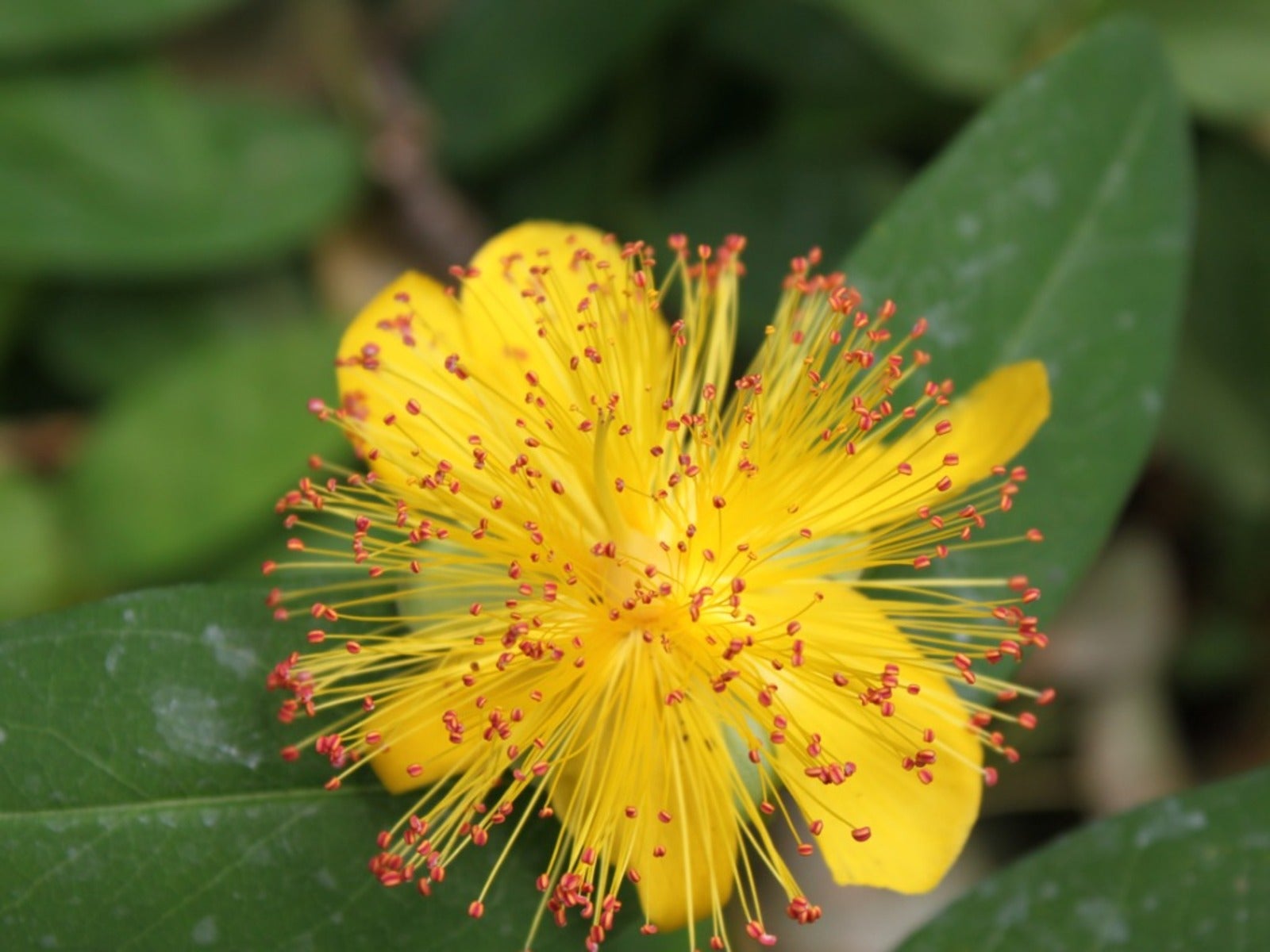 Tips On St. John’s Wort Pruning: When To Cut Back St. John’s Wort
Tips On St. John’s Wort Pruning: When To Cut Back St. John’s WortSt. John's flowers more prolifically if you prune it once a year. Click here for information about St. John's wort pruning.
By Teo Spengler
-
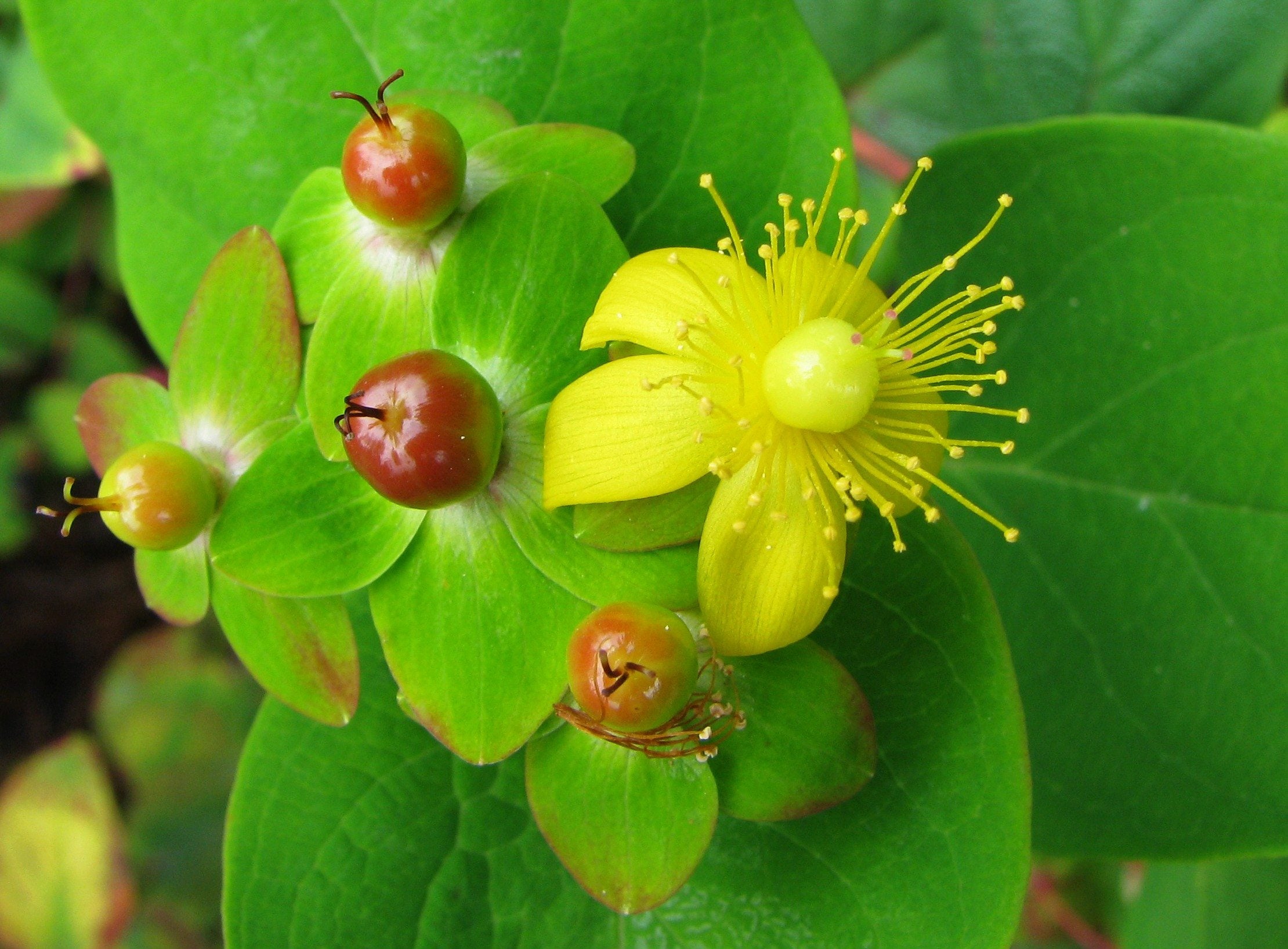 Growing Tutsan Shrubs: Tips On Tutsan Care In The Garden
Growing Tutsan Shrubs: Tips On Tutsan Care In The GardenTutsan is the larger flowered variety of Hypericum, or St. John's Wort. It is a spectacular deciduous flowering shrub that makes its best showing in June to August with large attractive berries following into September. Learn more in this article.
By Bonnie L. Grant
-
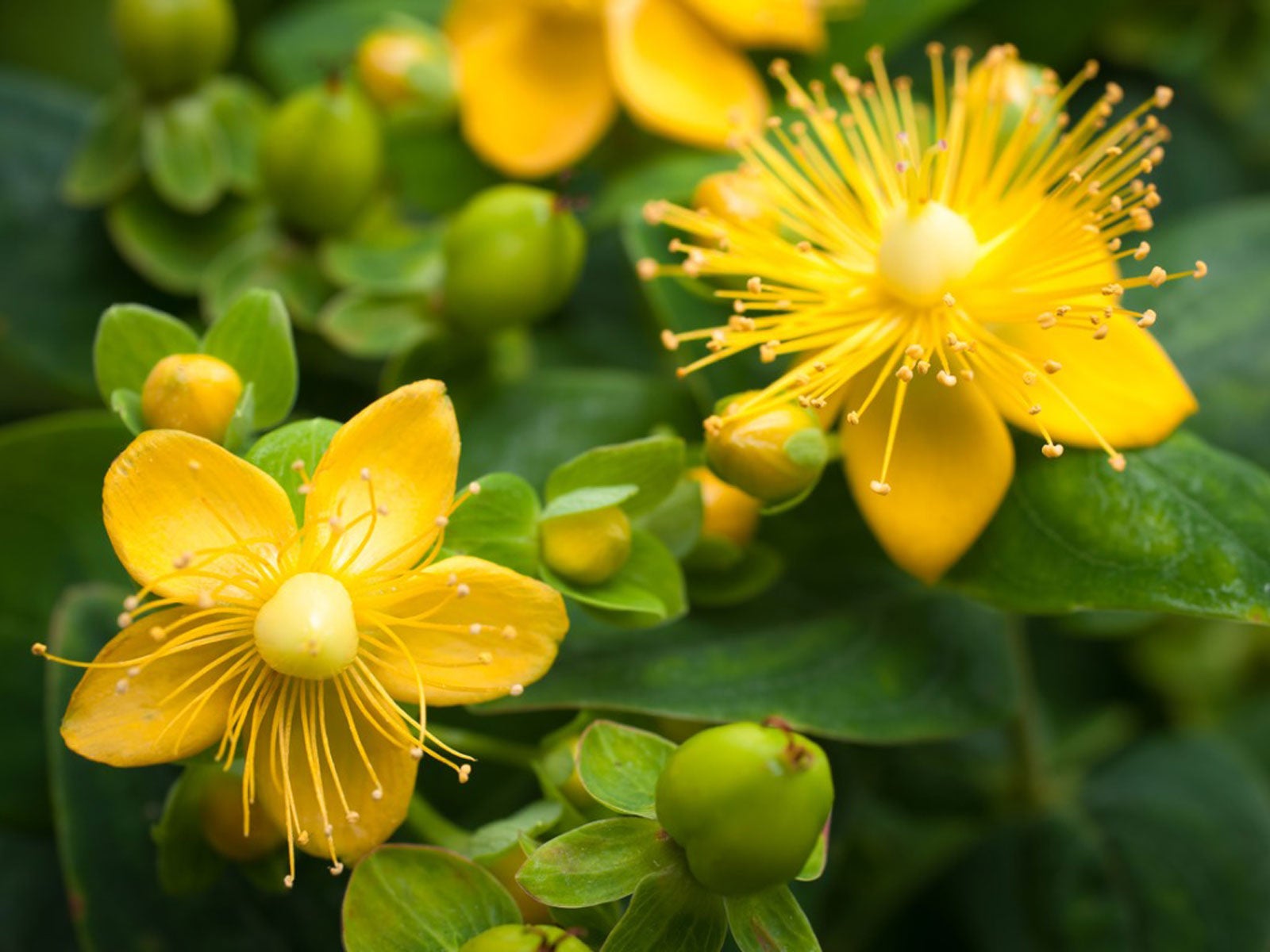 St. John's Wort Plant Care: How To Grow St. John's Wort
St. John's Wort Plant Care: How To Grow St. John's WortSt. John's wort is a pretty little shrub with cheery yellow flowers. Plant care is a snap, and this article will show just how easy it is to grow them.
By Jackie Carroll
-
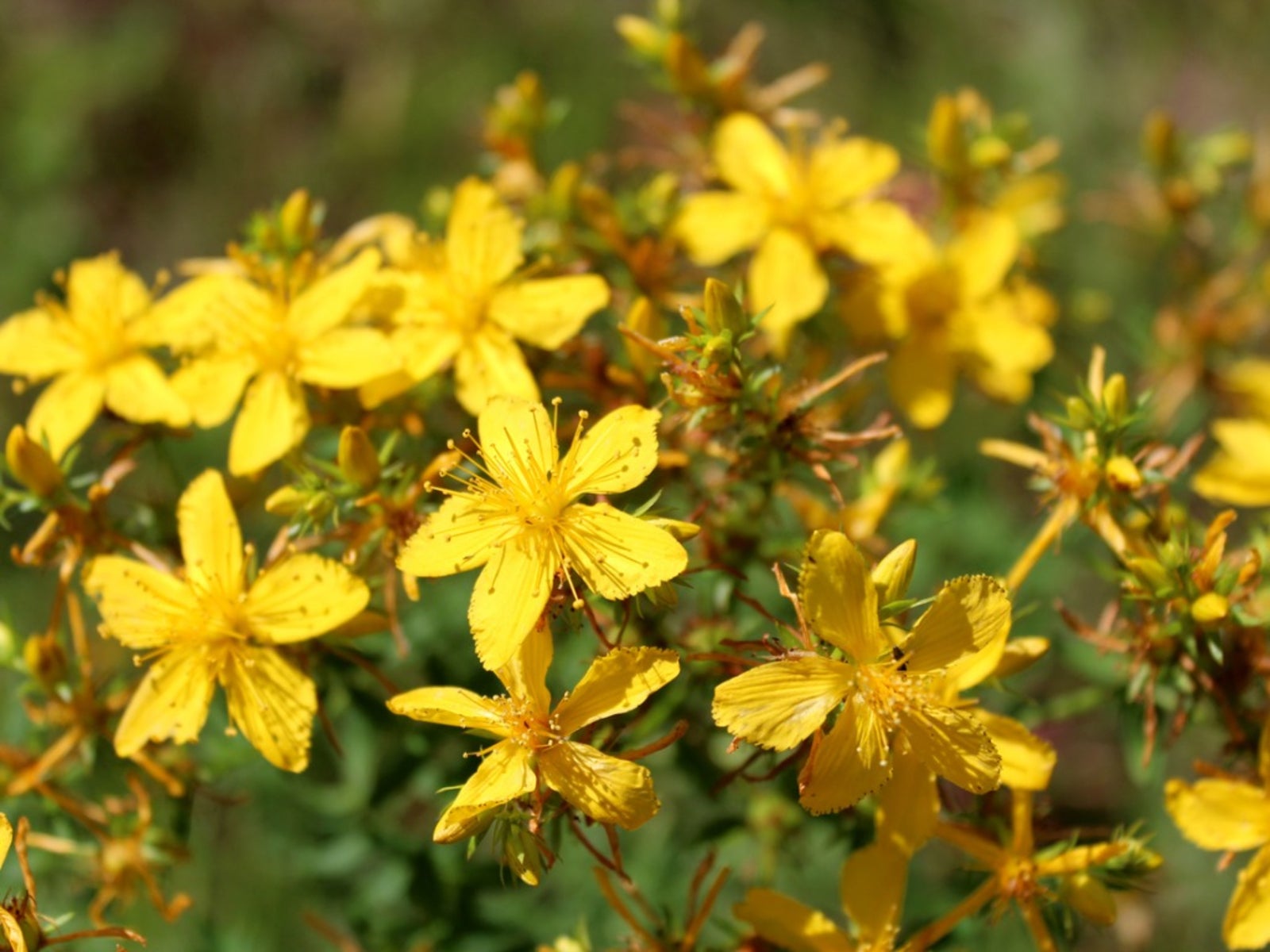 St. John's Wort Control: Learn How To Control St. John's Wort
St. John's Wort Control: Learn How To Control St. John's WortYou may know about St. John's wort for medicinal purposes but when you find it spreading throughout your landscape, your main concern will be getting rid of these plants. This article will help.
By Becca Badgett